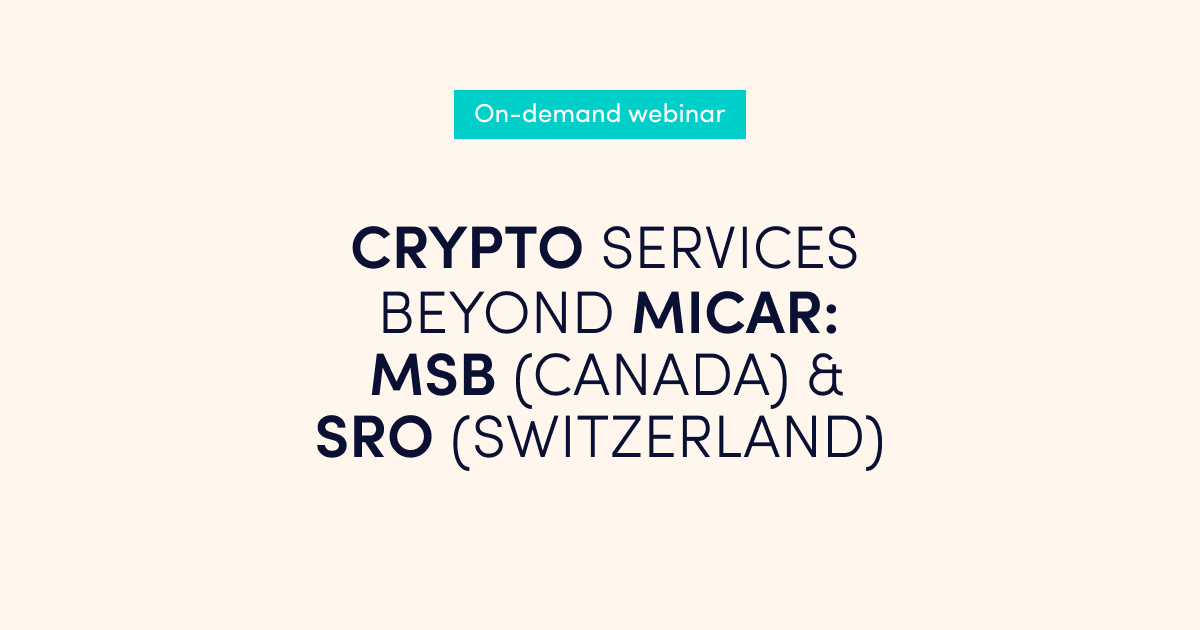There are many technical parameters involved in choosing the right core banking solution for your digital bank, including functionality, available integrations, architecture, technology stack and more. However, the first thing any fintech business owner must address is the calculations involved in adjusting all necessary expenses to the available budget. One of the biggest expenses when launching a fintech business are the Core Banking software costs.
Before talking with core banking software providers, there are number of things that you should have ready:
- A business plan prepared, the product development plan that includes a step-by-step product development structure – preferably covering at least 3 years, with an overview of all the services you want to deliver to your customers.
- Your maximum budget for the entire system, including additional first-stage developments, for the initial year and subsequent 2-3 years.
- Availability of Chief Technology Officer or any other technical advisor to evaluate solutions to estimate expenses for the development of the solution and customisation.
As soon as you’re prepared, you can start the solutions evaluation process and request some quotes.
In order to accurately compare proposals from different providers, we recommend that you evaluate pricing for core banking solutions for 2-3 years, instead of focusing on the initial price. A less expensive solution in the initial stage can turn out to be expensive to further develop, add new features and customize.
Why do we suggest evaluating the final core banking system pricing for 3 years? Each provider may have specific pricing options and payment schedules and it is important to understand which solution will be most cost-effective over the set period (e.g. 2 or 3 years). This approach will also help you to evaluate different software deployment options – even from the same provider. Higher payments at the outset does not necessarily mean that the solution will be less cost-effective over said period.
So, what costs do you need to take into account?
Starting with basic Core Banking costs: software purchase, setup, monthly & maintenance fees
There are basic costs of Core banking software depending of the deployment type:
SaaS
- Setup fee – this is a one-time cost, which is usually fixed for a specific solution (for specific vendors).
- A monthly fee for a SaaS solution for 3 years. It’s important to know that a monthly fee for a SaaS solution can vary depending on the number of transactions, meaning that you need to include your business growth into this calculation.
License
- Price for the software license including a setup fee.
- Maintenance fees according to the Service Level Agreement (SLA).
Extra developments & customization costs: more than you might realize
You are also likely to need additional customization for software and extra developments. That’s why you need to have a precise product development plan which will help core banking software providers calculate pricing for additional development as accurately as possible.
As the more specific/individual/extraordinary your business plan is and diverse services you have planned, the more customisation will be needed. Cost associated with customisation for 3 years may even exceed the cost of the basic solution.
The customisation of the solution and extra developments can represent a large part of your total costs. Sometimes, the vendor includes free hours for customisation e.g. 200-400 hours. As soon as you’ve used them, you then need to pay for customisation at the provider’s hourly rate.
Integration cost matters: technical & business aspects
Depending on the vendor of the initial solution package, you may be required to pay for additional integrations, which are not included in the standard proposal. Ensure that you have all your required integrations to provide services according to your business plan e.g.:
- Integrations with AML/KYC providers;
- Integrations with banks;
- Integrations with payment service providers to provide different types of payments (e.g. SEPA, SWIFT or local payment – e.g. Faster Payments CHAPS, FPS);
- Integrations with card issuers;
- Integrations with FX liquidity providers;
- Financial accounting solution integrations if an in-built module isn’t provided;
- CRM integrations.
The total costs are calculated by the number of hours needed for development and the cost per hour. Your Chief Technology Officer (or your IT adviser) is the person who should estimate the actual number of hours for required integrations (usually each integration takes hundreds of hours) taking into account the characteristics of a particular platform and your product development plan.
Also, take into account that the integration is not just a standard gateway, but it also must be customized to meet your actual business processes.
What about software updates & system hosting?
The next question to discuss with the vendor is whether software updates will be included in a maintenance/monthly fee or if updates will be charged separately.
Also add costs associated with hosting of the system. Sometimes they are included in a SaaS or SLA payment.
Do not forget about future developments that were not included in your planning
You also need to allocate budgets for developments and integrations that are difficult to predict or plan or in case you did not include it in your plan – for example, integrations with new banks, with which you will open correspondent accounts or integrations with new service providers.
Conclusion
As you may see, there are different costs associated with a Core Banking solution and some of them may be hidden. In order not to be disappointed with unexpected costs, be prepared and request a quote that includes all costs. It’s also important to recognise that the final price for the solution will include the hiring of IT personnel.
About Advapay
Advapay is a technology company providing the Digital Core Banking platform to empower fintech clients or digital banks to start their businesses and accelerate digital transformation. The platform delivers all essential functionalities, a front-to-back system and a set of tools to customise and bring new integrations. With Advapay, potential and existing customers can connect either to the cloud-based SaaS or on-premise software. Besides the technical infrastructure, the company provides business advisory and fintech licensing services. Interested to learn more, please drop us a message









